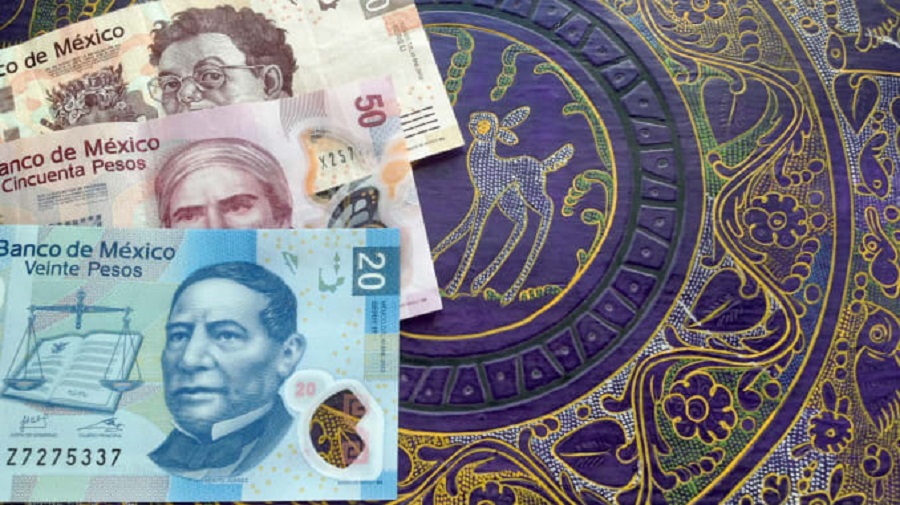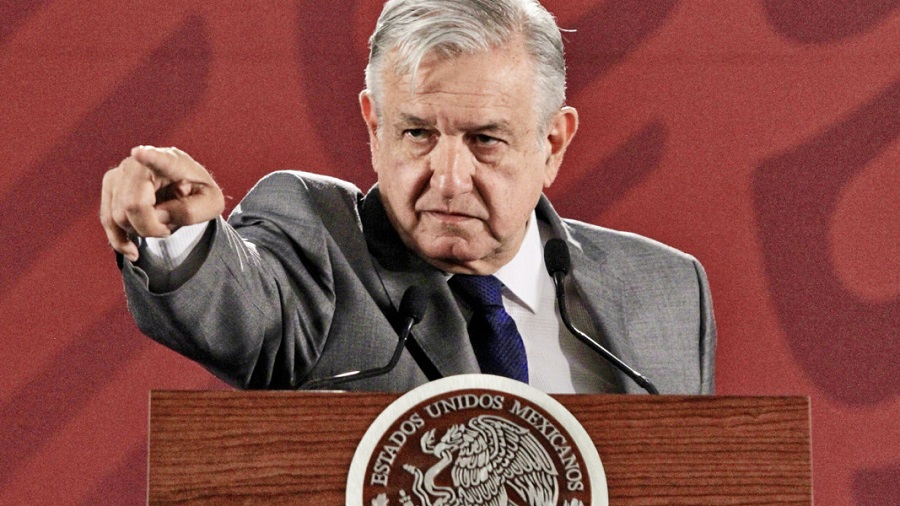RIO DE JANEIRO, BRAZIL – The trade war between the United States and China, which reached the first stage of an agreement this month, and the tensions that erupted unexpectedly in Latin America, particularly in Chile, have left the environment for investment in the region rather turbulent in recent months, with repercussions on the currency and stock markets.

However, one country seems to have passed somewhat unscathed by events in neighboring countries and has reigned prominently in several managers’ portfolios: Mexico.
With an eye on the changes underway in the country, governed by left-wing leader Andrés Manuel López Obrador, who took office in December 2018, investors have been excited about the promoted reforms and, mainly, about the earnings potential through the interest rate reduction process implemented by the central bank (Banxico).
With monetary easing begun in August, Mexican interest rates have already been cut from 8.25 to the current 7.25 percent, and analysts believe there is room for further cuts.
“Mexico may be the most interesting story of the year in Latin America,” says Giovani Silva, CIO of BlueLine. In his opinion, Mexico has significant fragilities, which may act as triggers for investments, as well as positive points, which point to an improvement in the economy.
The cycle of declining interest rates recalls, in part, Brazil’s trajectory, which began in 2016.
Among the favorable aspects, Silva points out the slowdown in inflation – from 4.37 percent per year in January to 2.97 percent in November – which makes room for further interest rate declines and, consequently, a rebound in growth.
He further underscored the improved cash flow situation of the state-owned oil company Pemex, which would have removed the risk of lower credit ratings in the short term; the greater fiscal austerity implemented by the government; and expectations of reduced interference in the private sector after last year’s cancellation of a contract to build a new airport in the country with a budget of some US$13 billion.
“For the past six months we have been more optimistic,” Silva says. “The negative aspects are partially addressed, with fiscal austerity, very high-interest rates, improved foreign accounts and the president’s high degree of popularity, who began as an ugly duckling and ended the year in a much more interesting position, from the investor’s perception standpoint”.
BlueLine likes the Mexican exchange and interest rate markets and expects the base rate to close its downward cycle close to 5.5 or five percent per year.

Is there still room for gains?
Truxt Investments has also been closely monitoring the Mexican trend but has decided to reduce the allocation in recent weeks, keeping an eye on the central bank’s increased caution in driving interest cuts and also the 20 percent increase in the minimum wage as of January 2020.
Fábio Bichmacher, manager of Truxt Investments, points out that the increase today poses a risk to monetary policy, given its impact on inflation.
On the other hand, the signing of a new free trade agreement with the United States and Canada this month, replacing the NAFTA, is pointed out by the manager as a positive factor for the country, as well as the improvement of the environment for emerging markets, in the midst of the truce of the Chinese-American trade war.
Source: Infomoney

